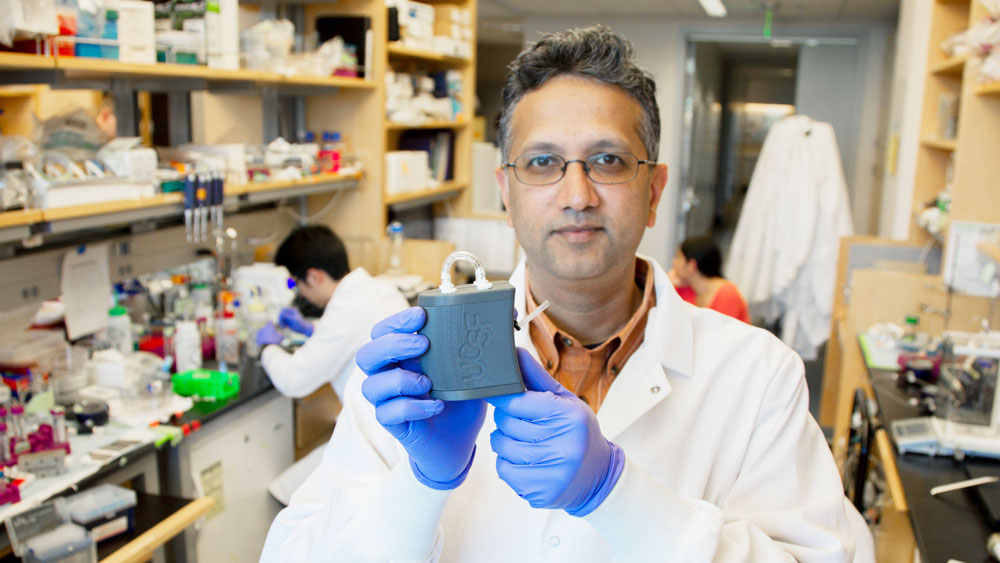1. Living Donor Kidney Transplantation
Living donor kidney transplantation (LDKT) is a procedure in which a healthy kidney is transplanted from a living donor into a recipient with kidney failure. This type of transplantation has become increasingly popular due to its many benefits. The advantages of LDKT over deceased donor transplantation (DDKT) include shorter waiting times, better outcomes, and improved long-term survival rates.
In recent years, there have been several advancements in LDKT technology. One of the most notable is the development of laparoscopic donor nephrectomy (LDN). This minimally invasive surgical technique involves the removal of the kidney through a small incision in the donor’s abdomen. LDN has several advantages over traditional open surgery, including less pain, shorter hospital stays, and faster recovery times.




